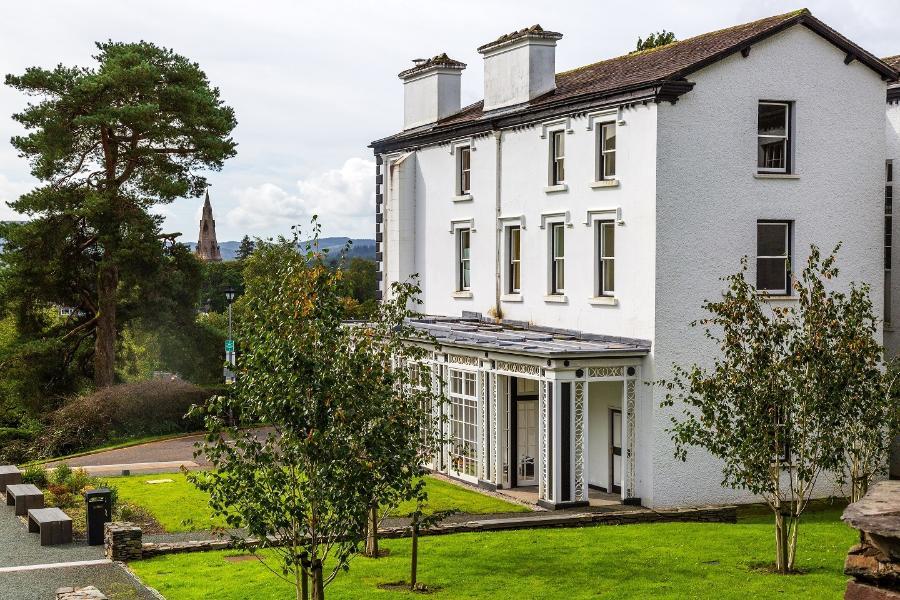
Our campus sites are a wonderful mix of old and new buildings, many have long histories and pre-date the university considerably. Showing the changing styles of architecture and craftsmanship and helping to tell the history of our towns and cities, our historic buildings hold great significance for our communities.
In this blog post we’re celebrating some of the oldest buildings across our campus sites...
Scale How, Ambleside
Built in the early 1800s and originally known as Greenbank, our iconic Ambleside building is a traditional Georgian lake district villa and Grade II listed. Originally built as a home and owned by Mrs Dorothy Benson Harrison, the daughter of Robinson Wordsworth, who was a cousin of the famous Lakeland poet William Wordsworth. The Greenbank estate was large and encompassed not only the main house, but land and extensive grounds complete with tree collection, workers cottages and a barn.
Dorothy Benson Harrison lived at Greenbank until her death in 1890, and in 1894 Charlotte Mason moved her House of Education here renaming the building Scale How. Charlotte Mason herself lived in the building as well as members of her staff and students, it remained as teaching space and student accommodation.
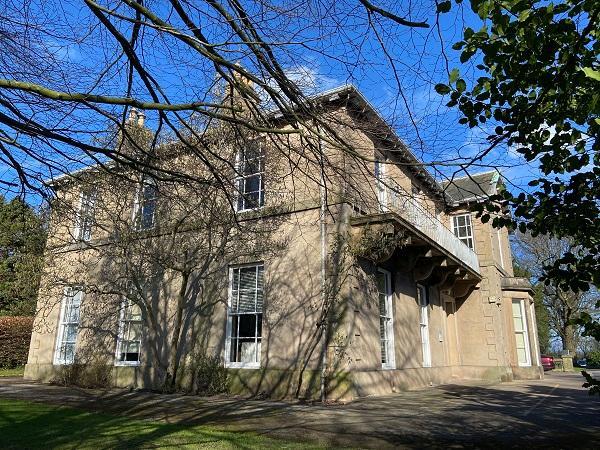
Homeacres, Brampton Road
Our large house on the Brampton Road campus was built in 1845 for Jonathan Dodgson Carr. He established Carr’s of Carlisle, a small family bakery business in the city in 1831. In 1837 he opened his flour mill in Caldewgate which still stands today. Fifteen years after opening they were the largest bakery business in the country and received a Royal Warrant from Queen Victoria in 1841.
Originally named Edenside, Carr lived here until 1853 after his tin mine in Cornwall crashed. The home changed hands a few times along with it its name, from the Villa then back to Edenside. The Grade II listed building was compulsorily purchased by the council in 1949 for the College of Art. Homeacres was the Carlisle College of Art from 1951 until the purpose-built building was completed in the grounds in the early 1960s. It remains as staff offices and teaching space today.
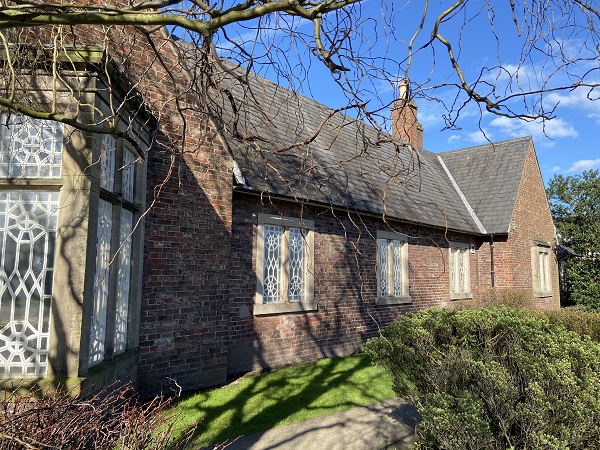
Workshops, Brampton Road
Built in 1854 as the Cumberland Reformatory for boys, in buildings originally intended as a farm. The institution provided care for children involved in criminal or anti-social behaviour. The reformatory was purchased and financed by George Head Head. Head was an anti-slavery supporter, magistrate and banker, he owned Rickerby Hall and the land we now know as Rickerby Park.
The inmates had industrial and agricultural training within the 118 acres of farmland as well as training in tailoring and shoemaking. The Grade II listed building served as a reformatory until it closed in 1882.
In 1963 a new purpose-built building was opened to house the Carlisle College of art. The reformatory building became workshops for wood, metal, ceramics and print, which it is still used for today.
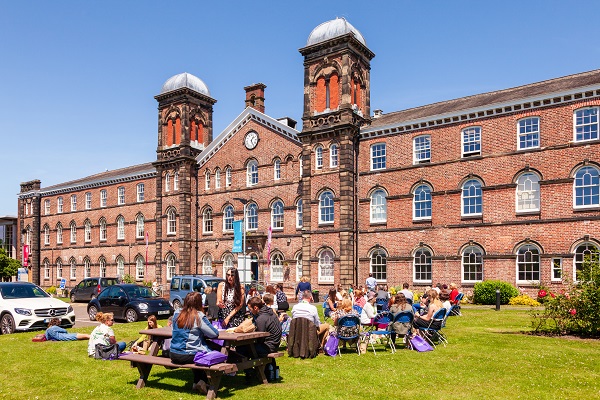
Skiddaw, Fusehill Street
Opened in 1864, our Grade II listed imposing building at Fusehill Street was built by the City Council as the Union Workhouse designed by Henry F Lockwood and William Mawson of Bradford. The building cost £11,195.15 and could house 275 of the city’s poor.
In 1917 during the First World War the building was turned into a hospital for soldiers. Between the wars the building was again a workhouse before becoming a military hospital again during the Second World War.
In 1948 the National Health Service was established, and the building became the City General Hospital until 1999. By this time St Martin’s College had taken over the site and Fusehill Street became the college’s Carlisle campus with the building used as teaching space, staff offices, dining hall and library. In 2007 when the University of Cumbria was formed all the buildings were renamed after Lake District fells.
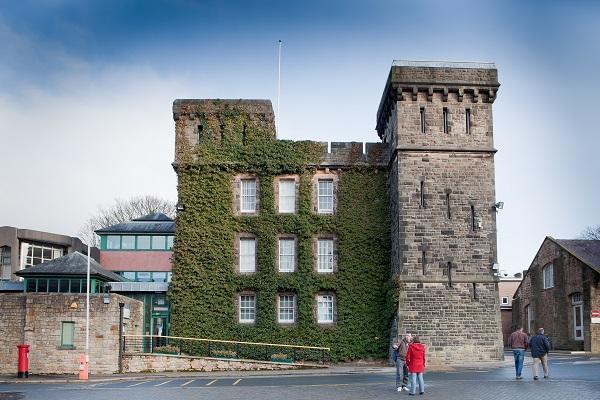
The Keep, Lancaster
Deliberately styled on a medieval castle keep, our crenelated building at Lancaster was built between 1876 and 1880 for the King’s Own Royal Regiment. After the Crimean War in 1856 the army was re-organised, and regiments were allocated to different areas. Lancaster was allocated the King’s Own Royal Regiment. New purpose-built barracks were constructed to house the soldiers.
The Keep was the armoury, it would have stored uniforms and equipment as well as arms and ammunition.
The regiment remained at Bowerham Barracks until 1959 when the army reduced in size and the King’s Own joined together with the Carlisle based Border Regiment. In the early 1960s the site was suggested as potential for the new teacher training college and in 1964 St. Martin’s College opened. The Keep was used as a library and later a computer room for the University of Cumbria.
Which is your favourite building at the University of Cumbria and why? We would love to hear your memories, email alumni@cumbria.ac.uk
